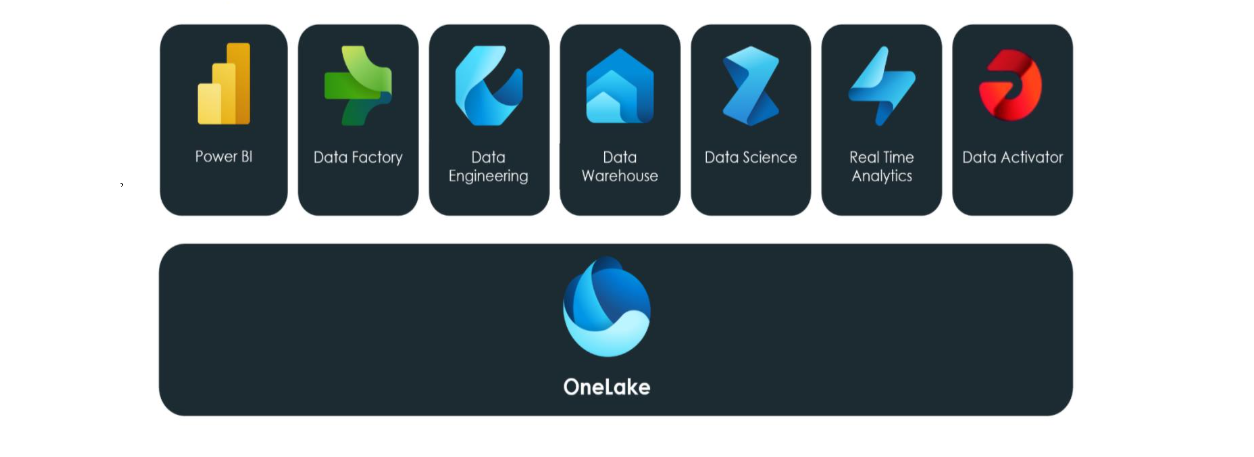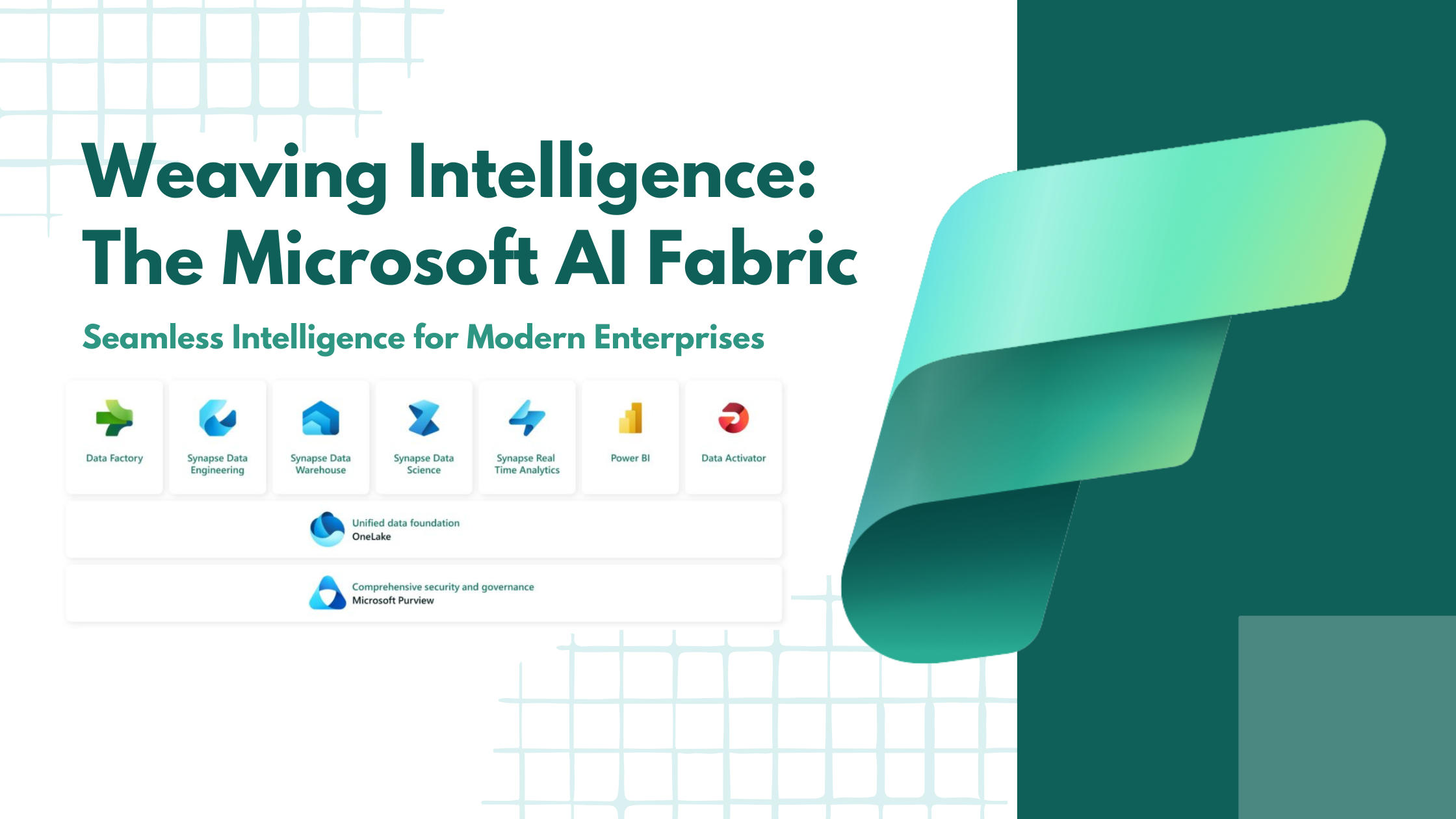Food manufacturing businesses face numerous challenges that can impact their efficiency, profitability, and sustainability. From supply chain disruptions to production scheduling complexities, the food industry is constantly seeking innovative solutions to streamline operations and maximize resources. In this blog, we will discuss how CPLEX and mathematical optimization are transforming the way food manufacturers approach decision-making and problem-solving to tackle the challenges of the food manufacturing industry.
The Challenges Facing Food Manufacturing
The food manufacturing industry grapples with a unique set of challenges that demand sophisticated solutions. One of the primary hurdles is demand forecasting. Accurately predicting consumer demand is crucial for minimizing waste and ensuring product availability. However, factors such as seasonality, changing consumer preferences, and external events can make this task particularly daunting.
Another significant challenge is inventory management. Food manufacturers must strike a delicate balance between maintaining sufficient stock to meet demand and avoiding excess inventory that can lead to spoilage, especially when dealing with perishable goods. This balancing act becomes even more complex when considering multiple production facilities, distribution centers, and varied product lines.
Production scheduling presents yet another hurdle. Optimizing the use of equipment, labor, and raw materials while meeting production targets and maintaining quality standards is a complex puzzle. Add to this the need for frequent changeovers between product lines, and the complexity escalates further.
Supply chain management is an overarching challenge that encompasses sourcing raw materials, managing supplier relationships, and coordinating logistics. With global supply chains becoming increasingly intricate, food manufacturers must navigate potential disruptions, fluctuating costs, and regulatory requirements across different regions.
Lastly, waste reduction and sustainability have become critical focal points for the industry. Minimizing food waste, optimizing energy consumption, and reducing environmental impact are no longer just ethical considerations but essential business imperatives.
CPLEX and Mathematical Optimization: A Game-Changing Approach
CPLEX, IBM’s optimization software, coupled with mathematical optimization techniques, offers a powerful solution to these intricate challenges. By leveraging advanced algorithms and mathematical models, food manufacturers can transform their decision-making processes and operational strategies.
At its core, mathematical optimization involves using mathematical models to find the best solution from a set of possible alternatives. In the context of food manufacturing, this translates to making optimal decisions across various aspects of the business, from production planning to distribution logistics.
CPLEX, with its robust optimization engine, allows businesses to solve complex problems that would be impossible to tackle manually or with traditional methods. It can handle large-scale optimization problems with millions of variables and constraints, making it ideal for the multifaceted challenges of food manufacturing.
Technical Aspects of CPLEX and Mathematical Optimization in Food Manufacturing
From a technical standpoint, implementing CPLEX and mathematical optimization in food manufacturing involves several key components. First, it requires the development of accurate mathematical models that represent the various aspects of the manufacturing process. These models incorporate variables such as production capacity, resource availability, demand forecasts, and cost factors.
One common approach is the use of mixed-integer linear programming (MILP) models. These models are particularly useful in food manufacturing as they can handle both continuous variables (e.g., production quantities) and discrete variables (e.g., equipment allocation decisions). CPLEX excels at solving MILP problems efficiently, even at large scales.
For demand forecasting, time series analysis and machine learning techniques can be integrated with optimization models. This allows for more accurate predictions that feed into the optimization process, enabling better production planning and inventory management.
In production scheduling, constraint programming techniques can be employed alongside traditional optimization methods. This hybrid approach is particularly effective for handling complex scheduling rules and constraints typical in food manufacturing environments.
CPLEX also offers features like scenario analysis and sensitivity analysis, which are crucial for food manufacturers dealing with uncertainty. These tools allow businesses to evaluate different “what-if” scenarios and understand how changes in various parameters might affect the optimal solution.
Need CPLEX Training? Enroll for
Business Aspects of Applying CPLEX and Mathematical Programming
From a business perspective, the application of CPLEX and mathematical optimization can lead to transformative changes in how food manufacturing companies operate. One of the primary benefits is improved decision-making. By basing decisions on data-driven optimization models rather than intuition or historical practices, companies can achieve better outcomes consistently.
Cost reduction is another significant advantage. By optimizing production schedules, inventory levels, and distribution networks, companies can minimize waste, reduce holding costs, and improve resource utilization. This not only leads to direct cost savings but also enhances overall operational efficiency.
Revenue enhancement is also possible through better demand fulfillment and product mix optimization. By aligning production more closely with market demand and optimizing the allocation of resources to different product lines, companies can maximize their revenue potential.
Risk management is another area where CPLEX and mathematical optimization shine. By modeling various scenarios and potential disruptions, companies can develop more robust and resilient supply chain strategies. This proactive approach to risk management can help mitigate the impact of unforeseen events on the business.
Sustainability goals can also be more effectively pursued using these tools. By optimizing transportation routes, reducing waste, and improving energy efficiency in production processes, companies can reduce their environmental footprint while often realizing cost savings in the process.
Potential ROI and Benefits
The return on investment (ROI) from implementing CPLEX and mathematical optimization in food manufacturing can be substantial. While the exact figures can vary depending on the size and complexity of the operation, many companies should experience significant improvements across various key performance indicators.
In terms of production efficiency, manufacturers often see a 10-20% improvement in throughput without additional capital investment. This is achieved through better production scheduling and resource allocation.
Inventory optimization can lead to a 20-30% reduction in inventory holding costs while maintaining or improving service levels. This not only frees up working capital but also reduces the risk of product spoilage.
Supply chain optimization can result in transportation cost reductions of 5-15%, achieved through better route planning and load optimization. Additionally, improved demand forecasting can lead to a 10-30% reduction in stockouts, enhancing customer satisfaction and capturing more sales opportunities.
Waste reduction is another area of significant impact. Many food manufacturers could see a 15-25% reduction in overall waste through better planning and optimization of production processes.
Energy consumption, a major cost factor in food manufacturing, can often be reduced by 5-10% through optimized production scheduling and equipment utilization.
While these figures are impressive, it’s important to note that the true value of CPLEX and mathematical optimization extends beyond these quantifiable metrics. The ability to make data-driven decisions quickly and consistently, adapt to changing market conditions, and scenario-plan for future challenges provides a competitive edge that is invaluable in today’s fast-paced business environment.
Need CPLEX Training? Enroll for
Cresco International: Your Partner in Decision Optimization
As businesses in the food manufacturing industry look to harness the power of CPLEX and mathematical optimization, partnering with an experienced consultant can be the key to success. This is where Cresco International comes in. As an IBM trusted partner and a consulting firm with deep expertise in decision optimization and CPLEX, Cresco International is uniquely positioned to help food manufacturers transform their operations through customized decision optimization solutions.
Cresco International brings a wealth of industry-specific knowledge to the table. Their team of experts understands the unique challenges faced by food manufacturers and has a proven track record of developing tailored solutions that address these challenges head-on. By combining their technical prowess with a deep understanding of the food industry, Cresco International can bridge the gap between advanced optimization techniques and practical business needs.
One of the key strengths of Cresco International is their ability to develop end-to-end solutions. They don’t just implement CPLEX and walk away; instead, they work closely with clients to understand their specific needs, develop custom mathematical models, integrate these models with existing systems, and provide ongoing support and optimization.
For demand forecasting challenges, Cresco International can develop sophisticated predictive models that incorporate historical data, market trends, and external factors. These models can then be integrated with CPLEX optimization routines to create dynamic production plans that adapt to changing demand patterns.
In addressing inventory management issues, Cresco International can design multi-echelon inventory optimization models that consider the entire supply chain. These models can help food manufacturers determine optimal stock levels across different locations, considering factors such as lead times, demand variability, and product shelf life.
For production scheduling, Cresco International excels at creating flexible scheduling systems that can handle the complexities of food manufacturing. Their solutions can optimize production sequences, minimize changeover times, and balance resource utilization across multiple production lines and facilities.
In the realm of supply chain optimization, Cresco International can develop comprehensive models that optimize everything from supplier selection to distribution network design. Their solutions can help food manufacturers navigate supply chain disruptions, reduce transportation costs, and improve overall supply chain resilience.
Cresco International also places a strong emphasis on sustainability and waste reduction. They can incorporate environmental factors into their optimization models, helping food manufacturers find solutions that not only improve efficiency but also reduce their environmental impact.
By partnering with Cresco International, food manufacturers can accelerate their journey towards data-driven decision making and operational excellence. Whether you’re looking to optimize a specific aspect of your operations or undergo a comprehensive digital transformation, Cresco International has the expertise and tools to guide you towards success in the complex world of food manufacturing.
Conclusion
In an era where efficiency, sustainability, and adaptability are paramount, CPLEX and mathematical optimization offer food manufacturers a powerful toolkit for tackling their most pressing challenges. From demand forecasting to waste reduction, these advanced techniques can drive significant improvements across all aspects of the food manufacturing process.
While the technical aspects of implementing these solutions can be complex, the business benefits are clear and compelling. Improved decision-making, cost reduction, enhanced sustainability, and increased competitiveness are just a few of the advantages that food manufacturers can realize.
As the industry continues to evolve and face new challenges, those who embrace the power of CPLEX and mathematical optimization will be well-positioned to thrive. By partnering with expert consultants like Cresco International, food manufacturers can unlock the full potential of these technologies, driving innovation and success in an increasingly competitive landscape.
The future of food manufacturing is data-driven, optimized, and intelligent. With CPLEX and mathematical optimization leading the way, that future is within reach for forward-thinking companies ready to embrace the power of advanced decision-making tools.











